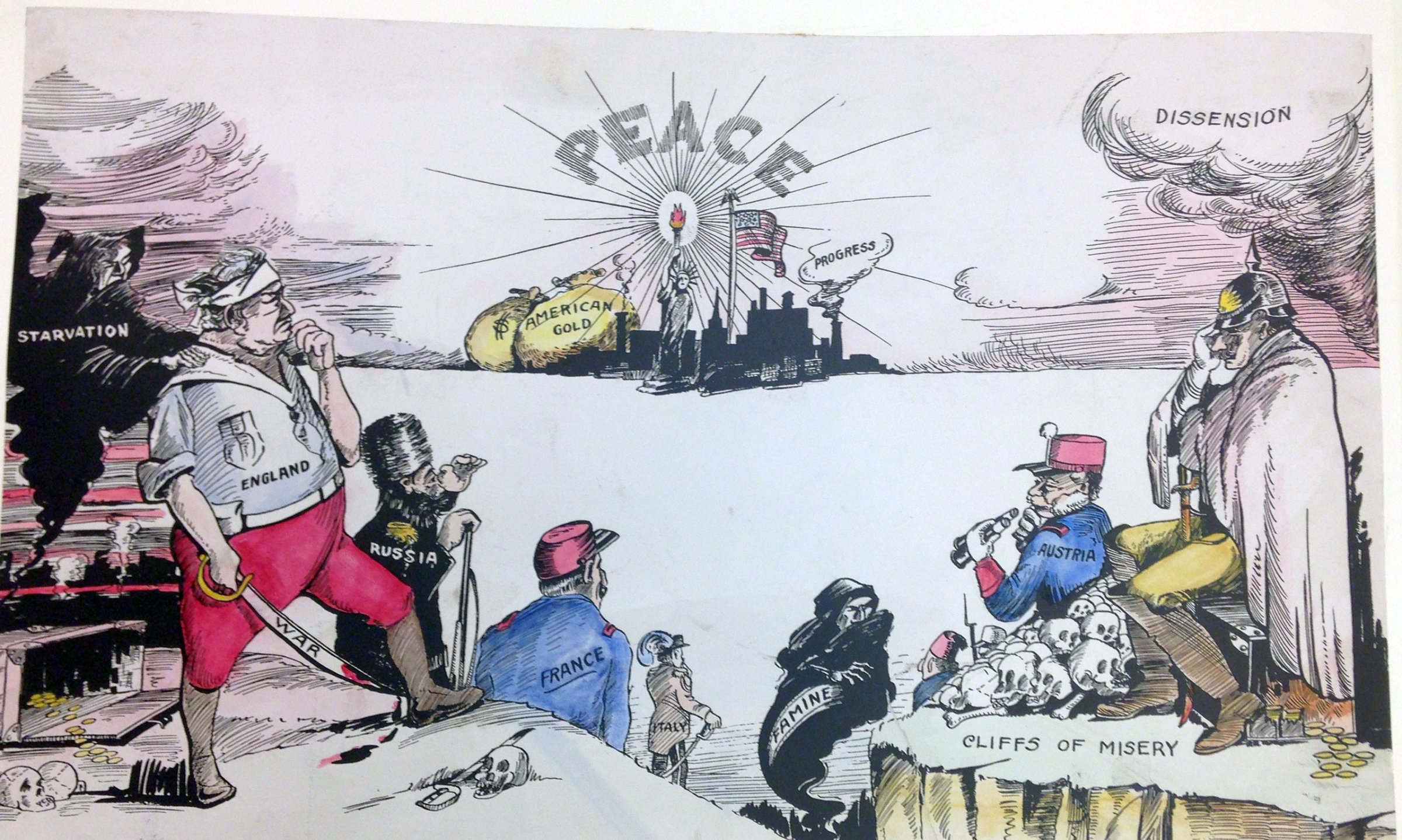
When the United States entered World War I 100 years ago this spring — a decision made when it seemed there was no other choice left — changed the course of the war, and the trajectory of American history. So it’s no surprise that people all over the world expressed their complicated feelings about that turning point in a wide variety of visual formats, from newspaper cartoons to fine art.
Seen above are just a few of the many such artifacts from the collection of the Library of Congress that, through combined firsthand accounts and arguments from the time, the library is using to tell the story of that time, in the new book by Margaret E. Wagner, America and the Great War: A Library of Congress Illustrated History, a companion to an exhibition there. It was, as Stanford’s David M. Kennedy notes in the introduction to the book, a “dramatic and convulsive” moment in American history, and one that left an extensive record of artifacts that conveyed that tumult.
Kennedy writes that many Americans opposed the idea of going to war — no surprise, given the campaign in support of neutrality that had been waged by Wilson’s administration for years. And yet, once the U.S. was in the fight, citizens took to the patriotic cause “lustily,” buying war bonds, singing war songs, mobilizing industry and even going so far as to rename anything that might carry a whiff of support for the German cause. (Sauerkraut, for example, became “liberty cabbage.”)
The companion exhibition, Echoes of the Great War: American Experiences of World War I, will be on view at the Library of Congress through January 2019.
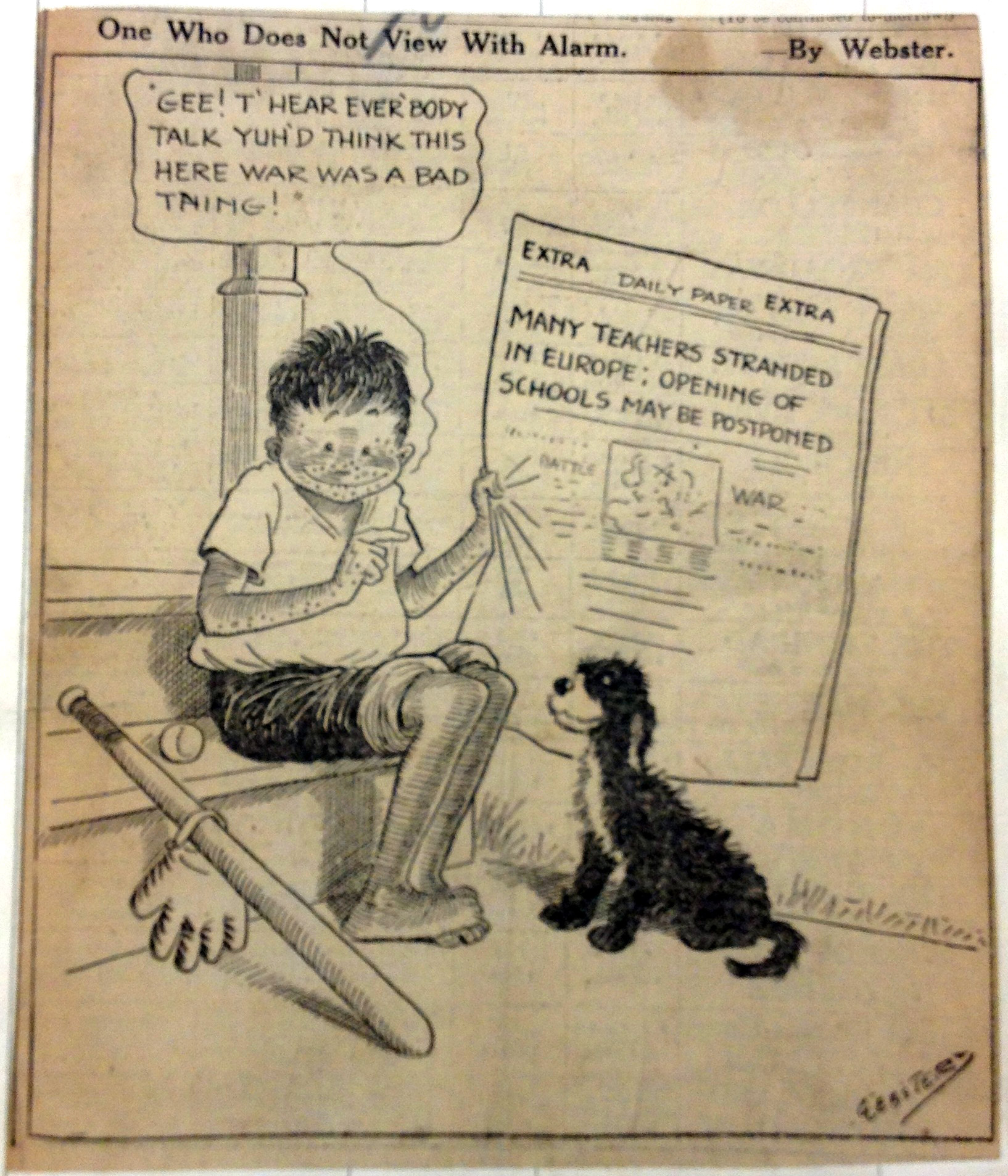
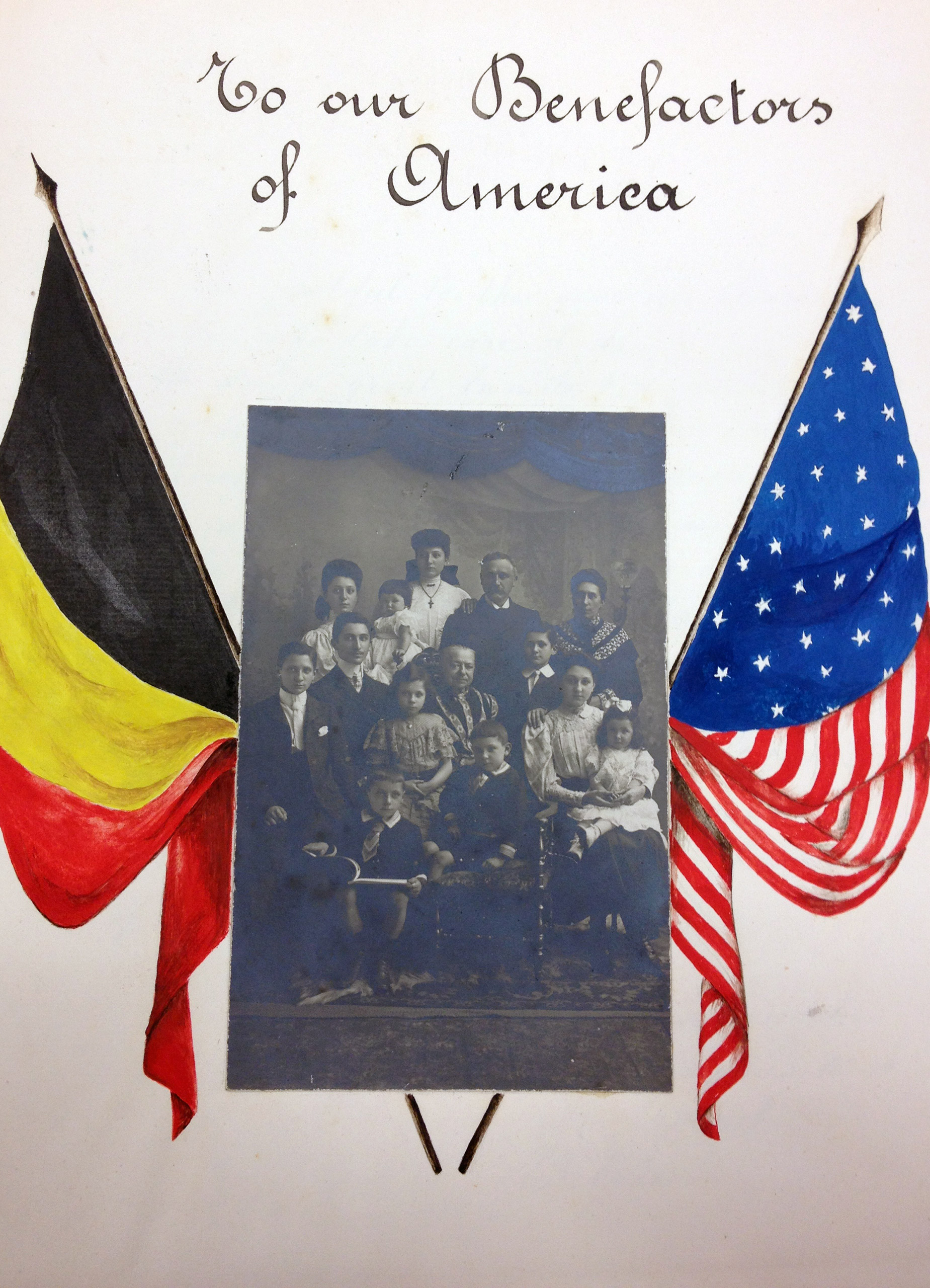
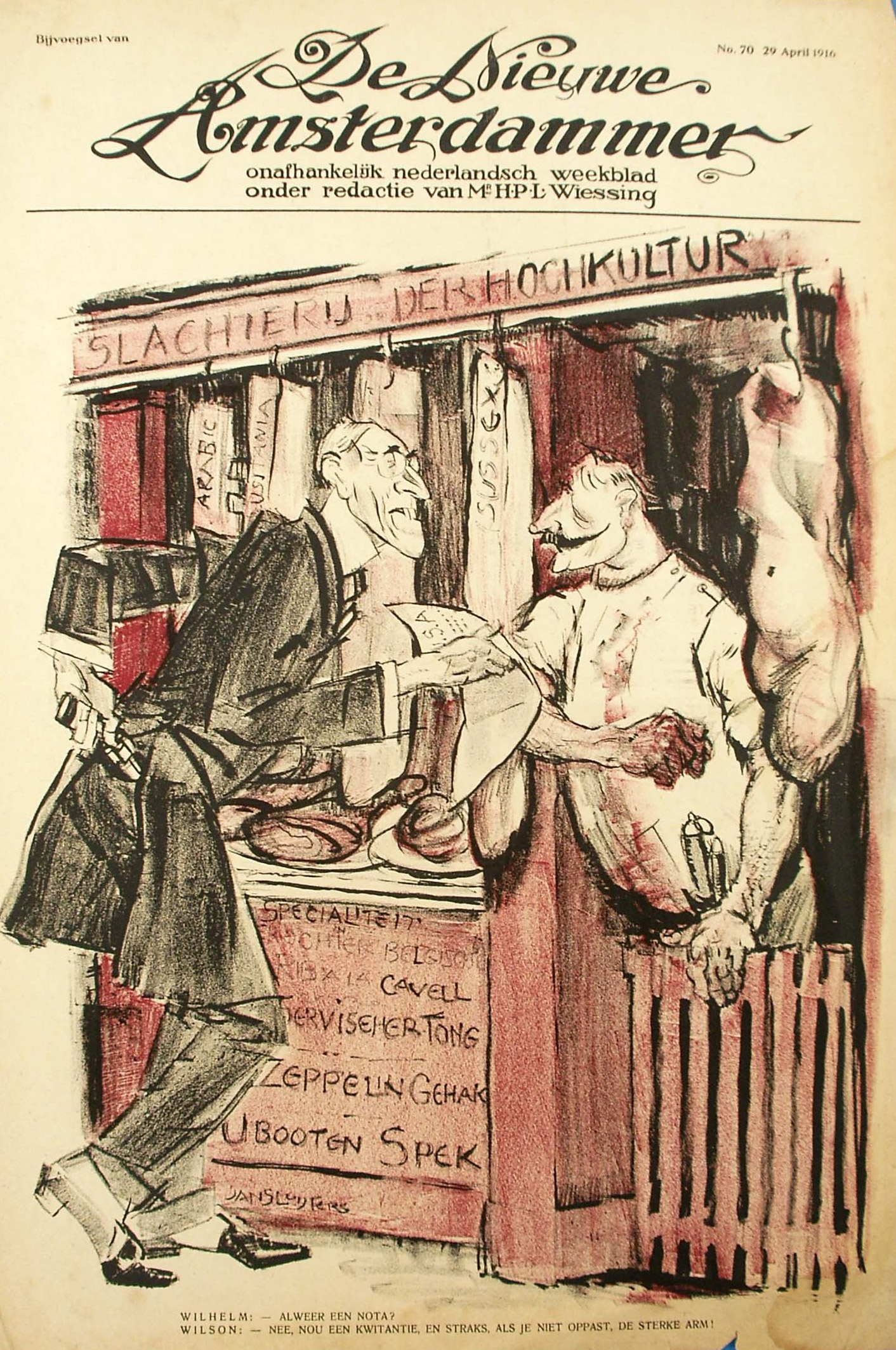
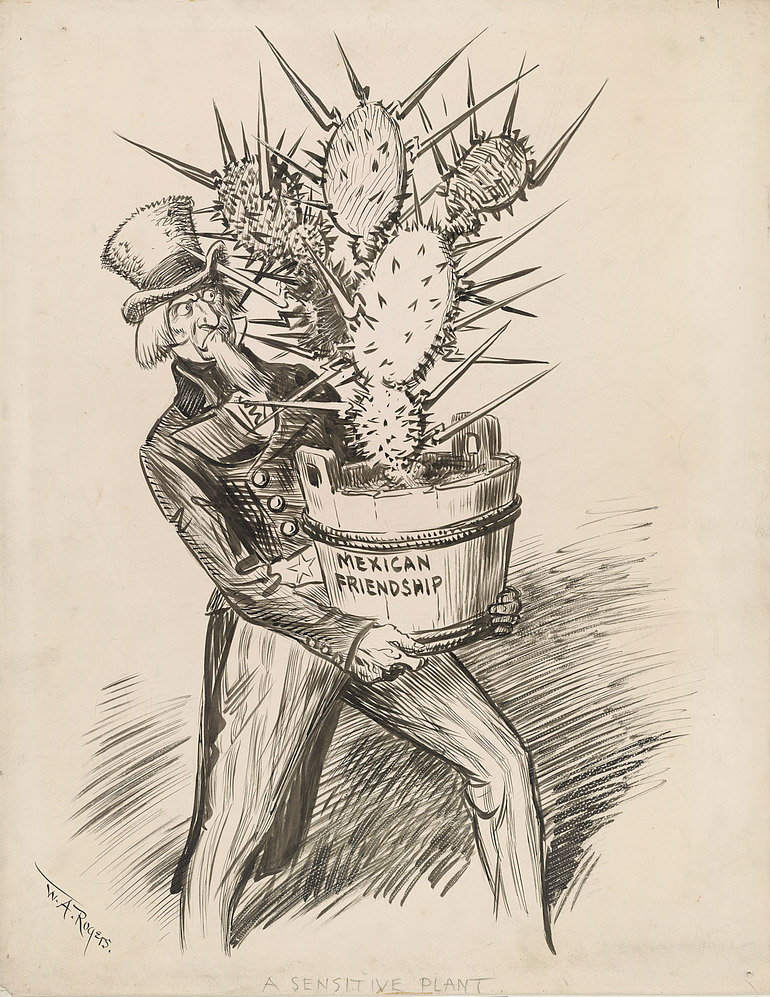
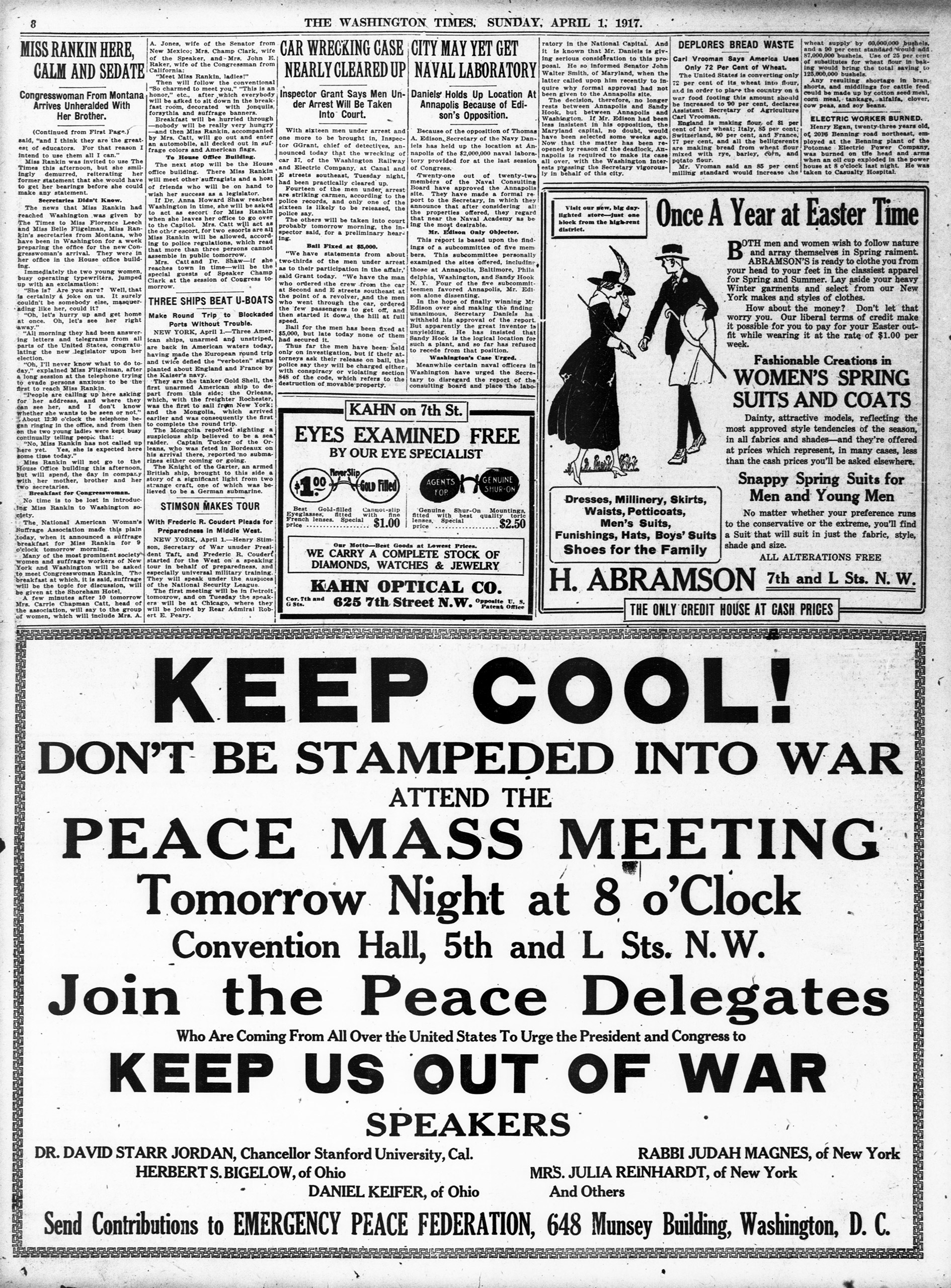
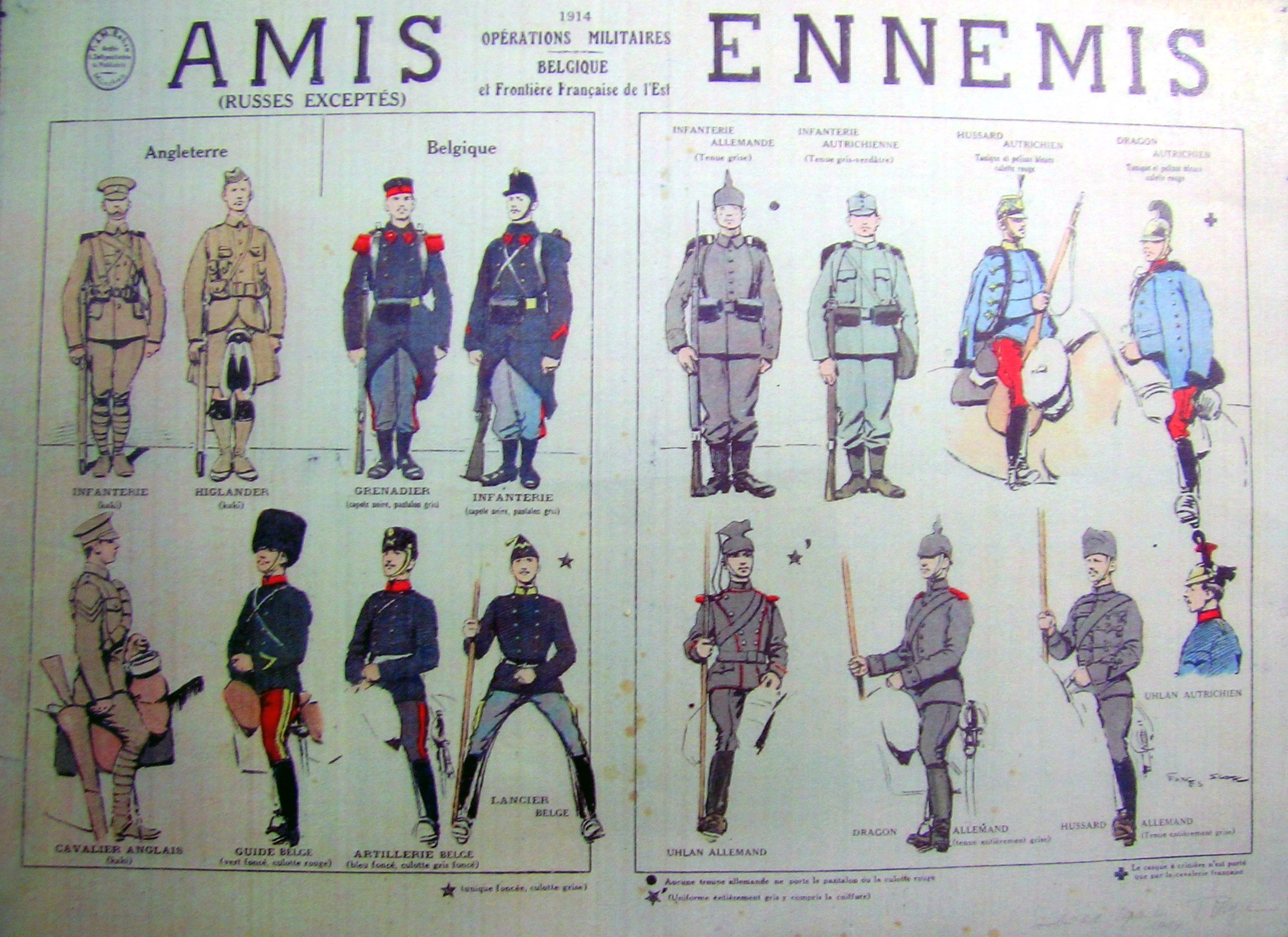
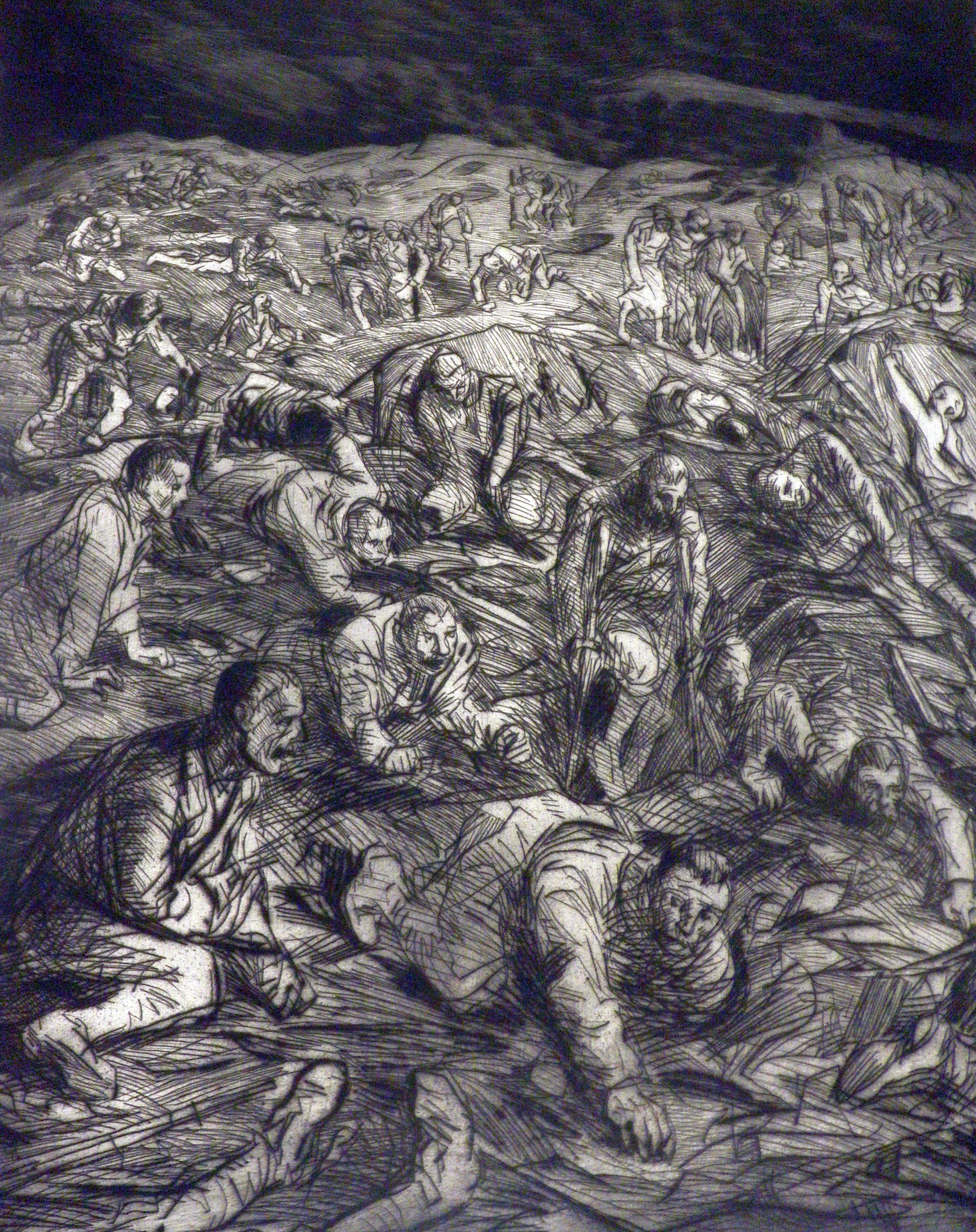
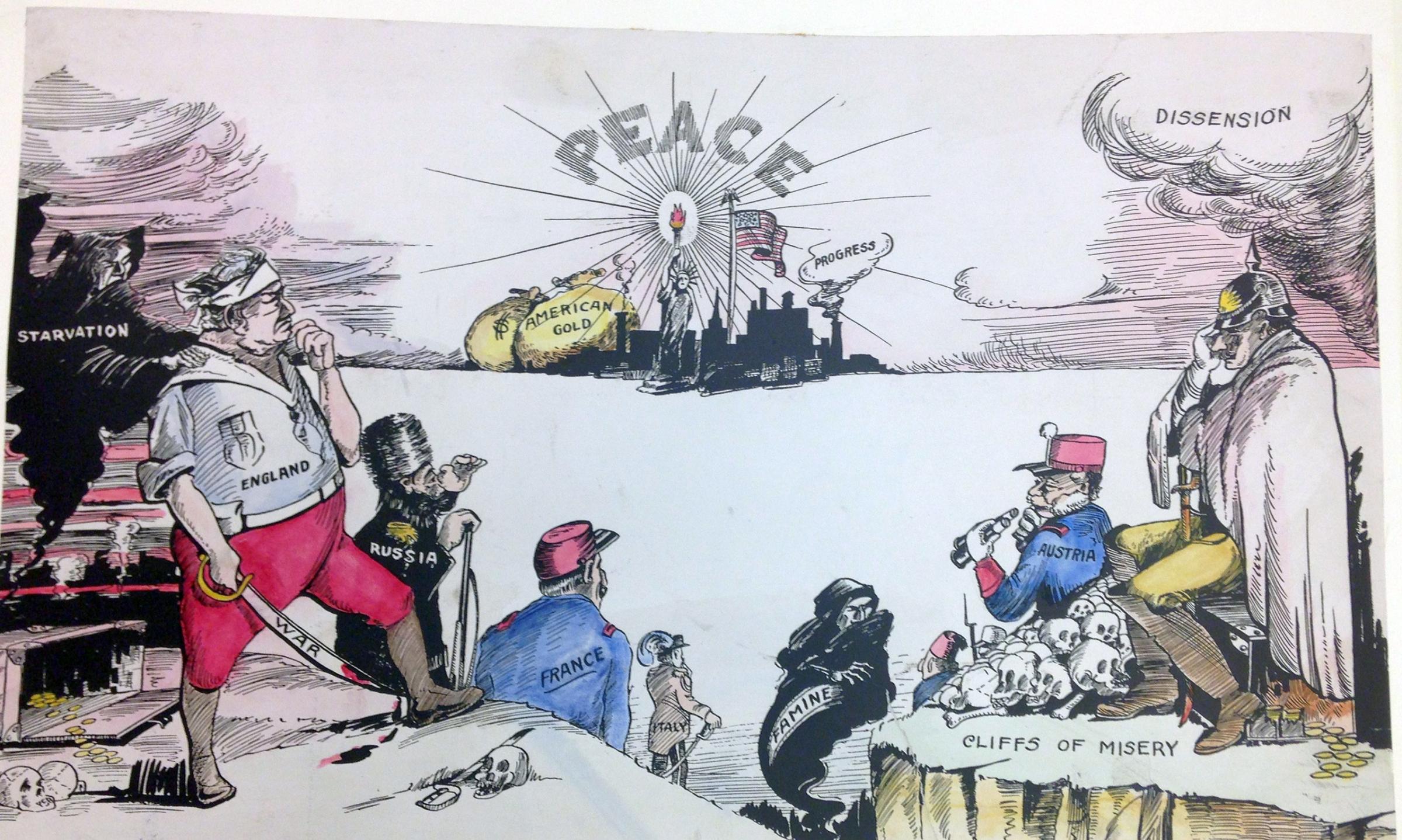
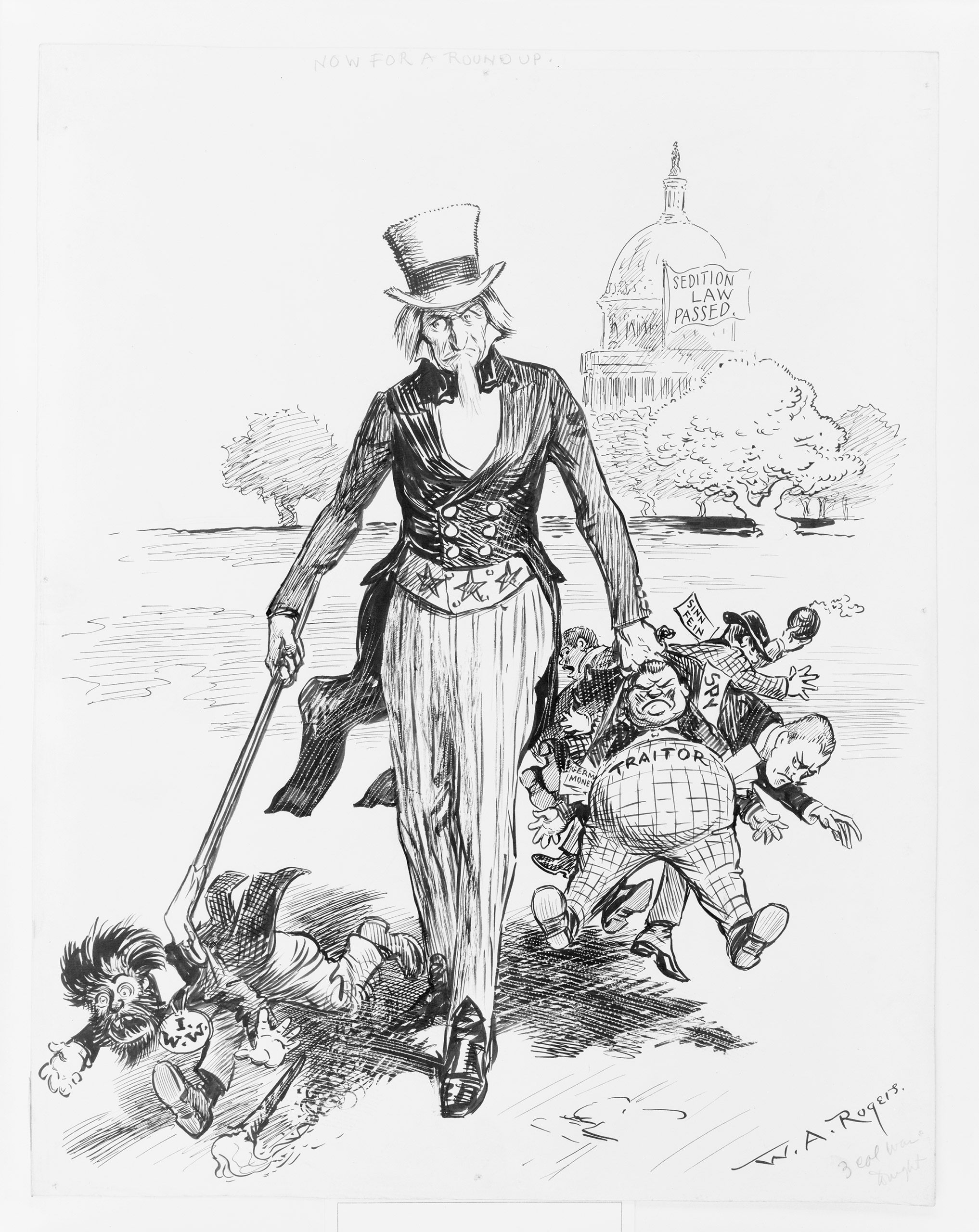
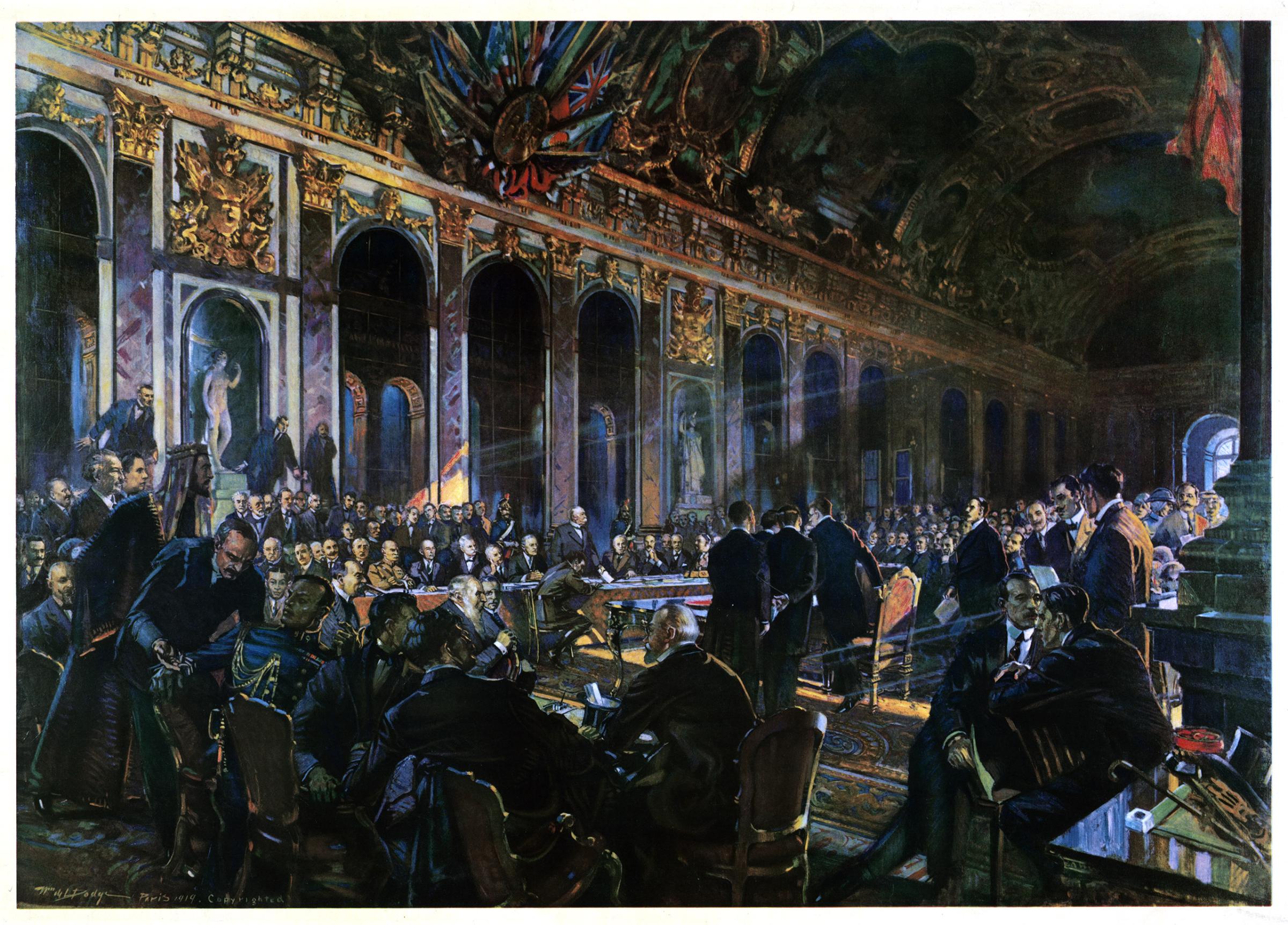
More Must-Reads From TIME
- The 100 Most Influential People of 2024
- The Revolution of Yulia Navalnaya
- 6 Compliments That Land Every Time
- What's the Deal With the Bitcoin Halving?
- If You're Dating Right Now , You're Brave: Column
- The AI That Could Heal a Divided Internet
- Fallout Is a Brilliant Model for the Future of Video Game Adaptations
- Want Weekly Recs on What to Watch, Read, and More? Sign Up for Worth Your Time
Write to Lily Rothman at lily.rothman@time.com